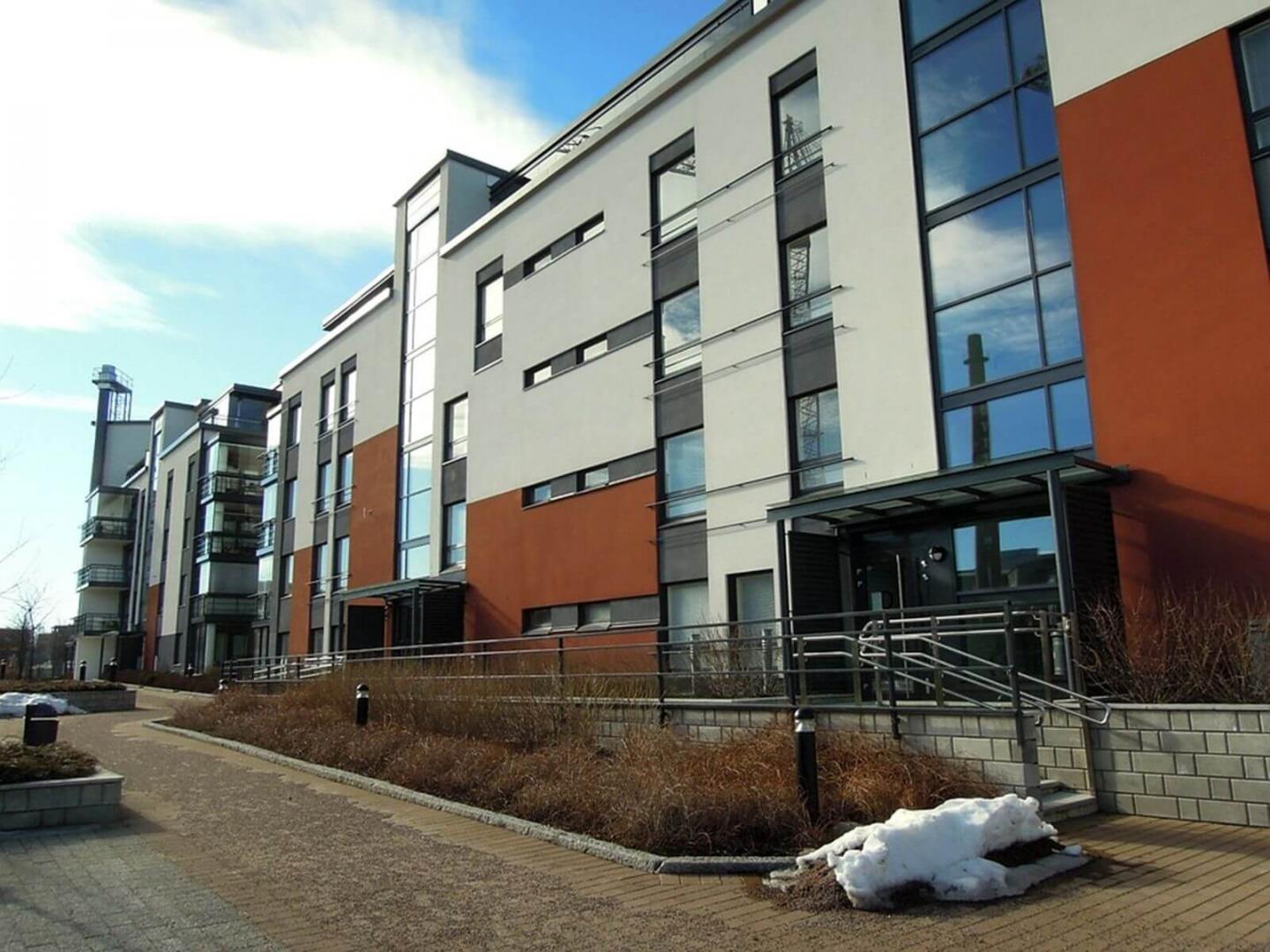Recent fires in tower blocks and other rented accommodation have highlighted the importance of ensuring properties remain compliant and meet with all necessary safety regulations.
The fire tragedy at the Grenfell Tower block on 14th June 2017 caused extreme uncertainty in regards to safety requirements and regulation. Extra precautions were implemented UK-wide to ensure that all rented accommodation met with fire safety regulations. But have Housing Associations really learnt their lesson following recent events?
One has to question if properties owned through private housing association are 100% fire safety compliant. It is essential that large apartment blocks pass all necessary fire safety tests and do not fail to be regularly monitored for the safety of all residents.
Has all previously aluminium composite material (ACM) that was used as cladding for the Cardiff Bay block and Grenfell Tower now been updated accordingly, everywhere, to prevent any such heart-breaking disasters again? All high-rise blocks should undertake testing of its cladding materials on a regular basis to ensure there is no unsafe cladding in place.
Cladding is layered over an insulation layer fixed to the concrete structure of a tower or high-rise block. The issue remains that if relaxed safety tests continue, the safety of many accommodation blocks will remain high risk and whilst block management companies state that they have rethought their fire safety strategy, one must still question if indeed there are any that still require resolving.
Houses for Multiple Occupation (HMO)
As both the Cardiff Bay accommodation blocks and Grenfell Tower are large-scale HMOs, it is important to understand the fire safety requirements for this type of accommodation block and why they are pertinent after the events that took place in 2017 and 2018.
Following the Housing Act of 2004, HMOs are categorised by having properties occupied by more than one family or group of residents, with each property containing more than two people. HMOs can include bed sits and house shares and self-contained flats. Supervising HMOs will have additional responsibilities set out in the Housing Act of 2004 that landlords must be aware of.
Landlords & HMO Fire Safety
As a landlord for houses in multiple occupation there are several aspects of fire safety measures that should be addressed. The main legislation that covers fire safety is the Regulatory Reform for Fire Safety Order 2005, which addresses the compulsory fire risk assessments that landlords are required to carry out in common areas of HMOs.
• 1 or 2 Story HMO- Interconnected mains smoke and fire alarms, tested every week. Carbon Monoxide Alarms present in all rooms.
• 3+ Story HMO- Addressable Fire Alarm Control System with central control panel, also tested weekly. Call-out points with break glass units near exits and corridors. Carbon Monoxide Alarms present in all rooms.
All HMOs must undergo a fire safety risk assessment in all communal areas, and are required to have a comprehensive emergency fire procedure. A fire risk assessment aims to prevent and reduce the possibility of fire occurring. Examining the practicality of escape routes, fire detection devices, firefighting equipment, signage and escape plans.
Fire Safety Equipment
In addition, all areas must have relevant extinguishers and fire equipment present throughout the building, including alarms. These include, but are not limited to:
- Fire Blankets.
- Extinguishers: Water, AFFF Form, CO2, ABC Powder and Wet Chemical (where relevant).
- Emergency escape lighting at stairs or at changes in floor level.
- Partitioned fire doors fitted with door closers, separating the building into zones. All escape routes are not permitted to be near heaters or cooking equipment. The partitioning of the building using fire doors must be done based on each door having a relative fire durability. For example, a zone of 30 minutes requires a fire door capable of withstanding fire for that 30 minutes, referred to as an FD30. 60-minute partitions require an FD60 and so on. Large-scale accommodation blocks, such as HBOs usually have partitioning per 60 minutes.
- Compartmentation to prevent/slow the progress of fire. Usually plaster boards between walls or by fire resistant doors.
The landlord should be the first point of contact should any of these regulations not be in place, or the tenant(s) report faulty equipment. Failure to act upon these faults not only compromises the safety of the tenants, but can often result in legal action against the landlord.
Block Alarm Systems
Fire detection is not only crucial in accommodation blocks, but a necessary component of building management. Alarm systems should be a minimum of 15dB (decibels) to wake those asleep and reach those in loud areas such as boiler and server rooms.
Alarm systems are specified into grades. Grade A alarm systems consist of a central control panel with call points. Grade D systems consist of mains powered smoke or heat alarms interlinked with radio communication.
Block Management Services
PDF Estates offer bespoke residential block management services, with the organisation of fire safety certification. Incorporating block management services as a landlord maintains the safety of the tenants and gives the highest level of fire protection.
Naturally, the prevention of fire can never be fully achievable, however that does not mean safety standards should slip. A Block Management Service may help ease the pressure on landlords, whilst maintaining the highest level of fire safety.



 By
By 
Share this with
Email
Facebook
Messenger
Twitter
Pinterest
LinkedIn
Copy this link